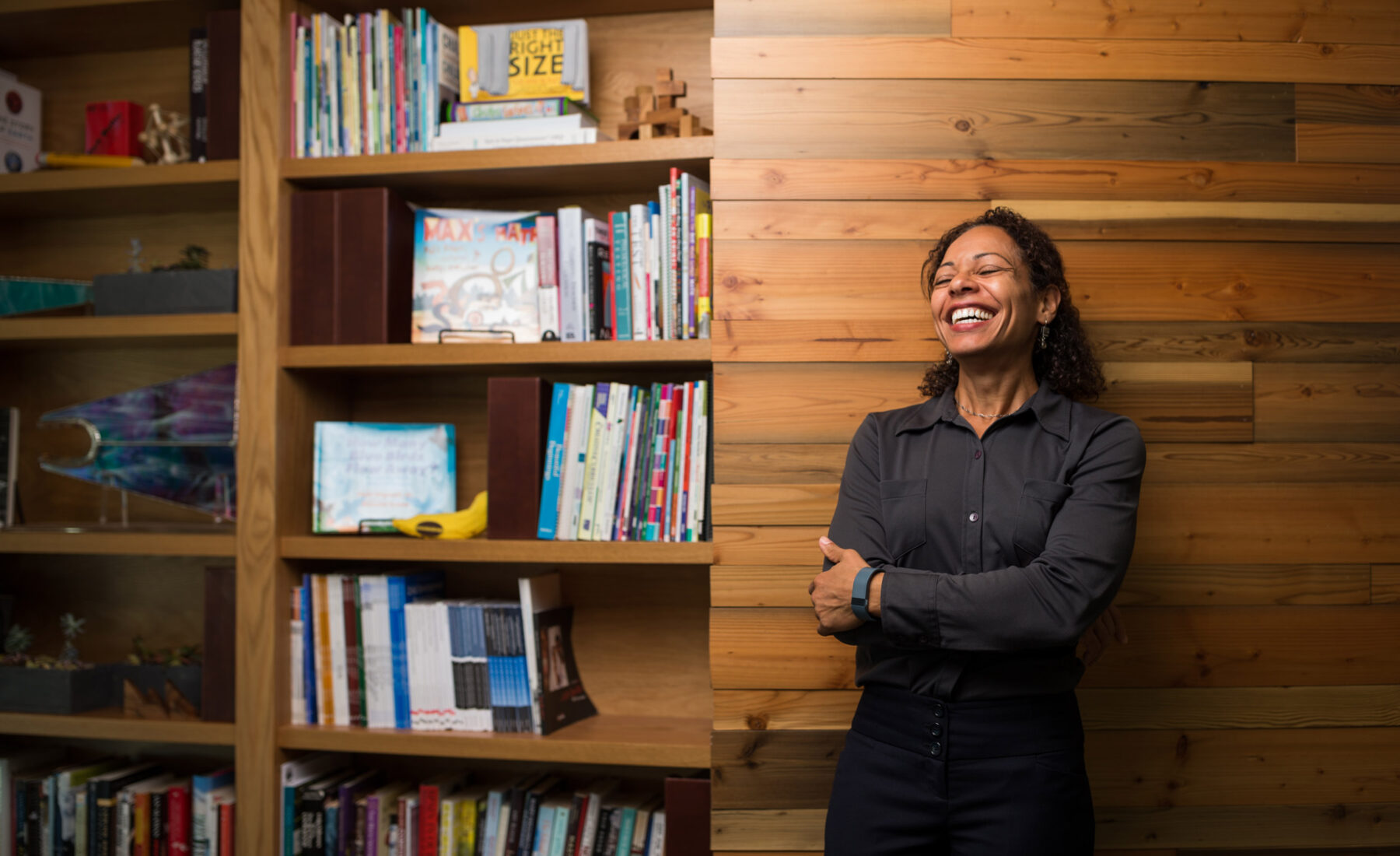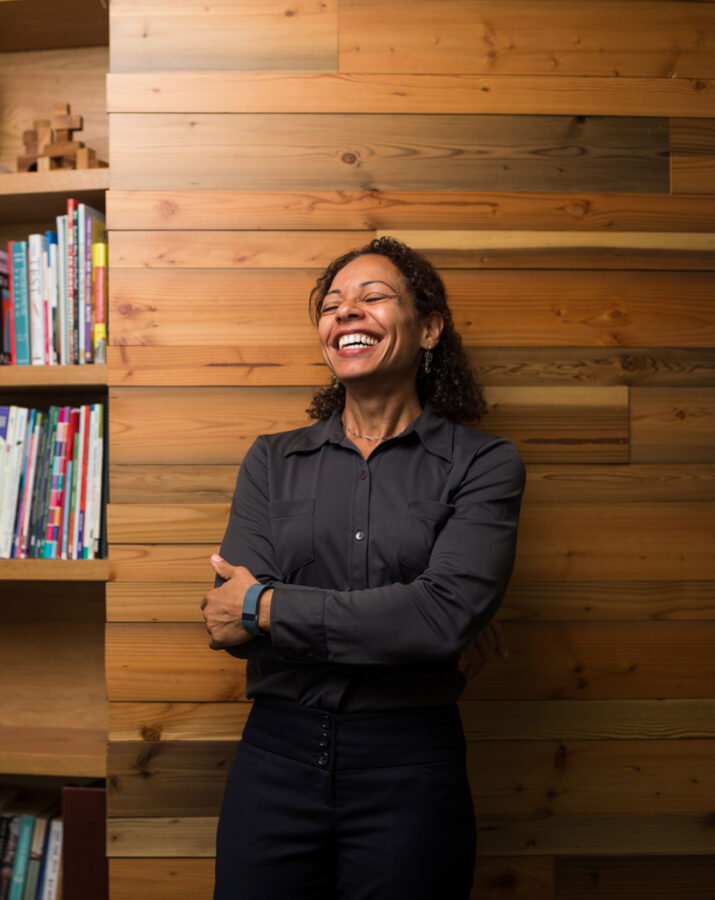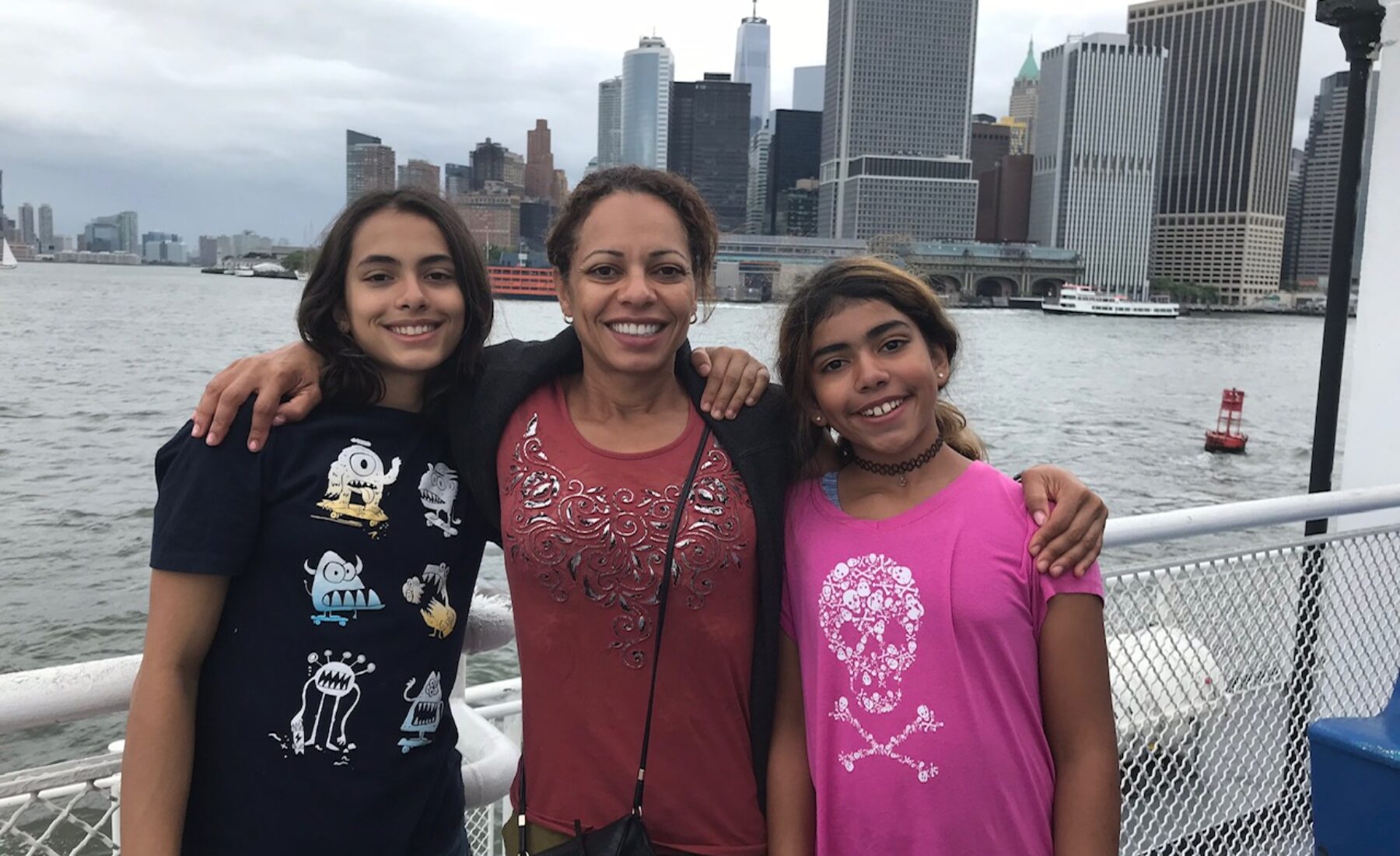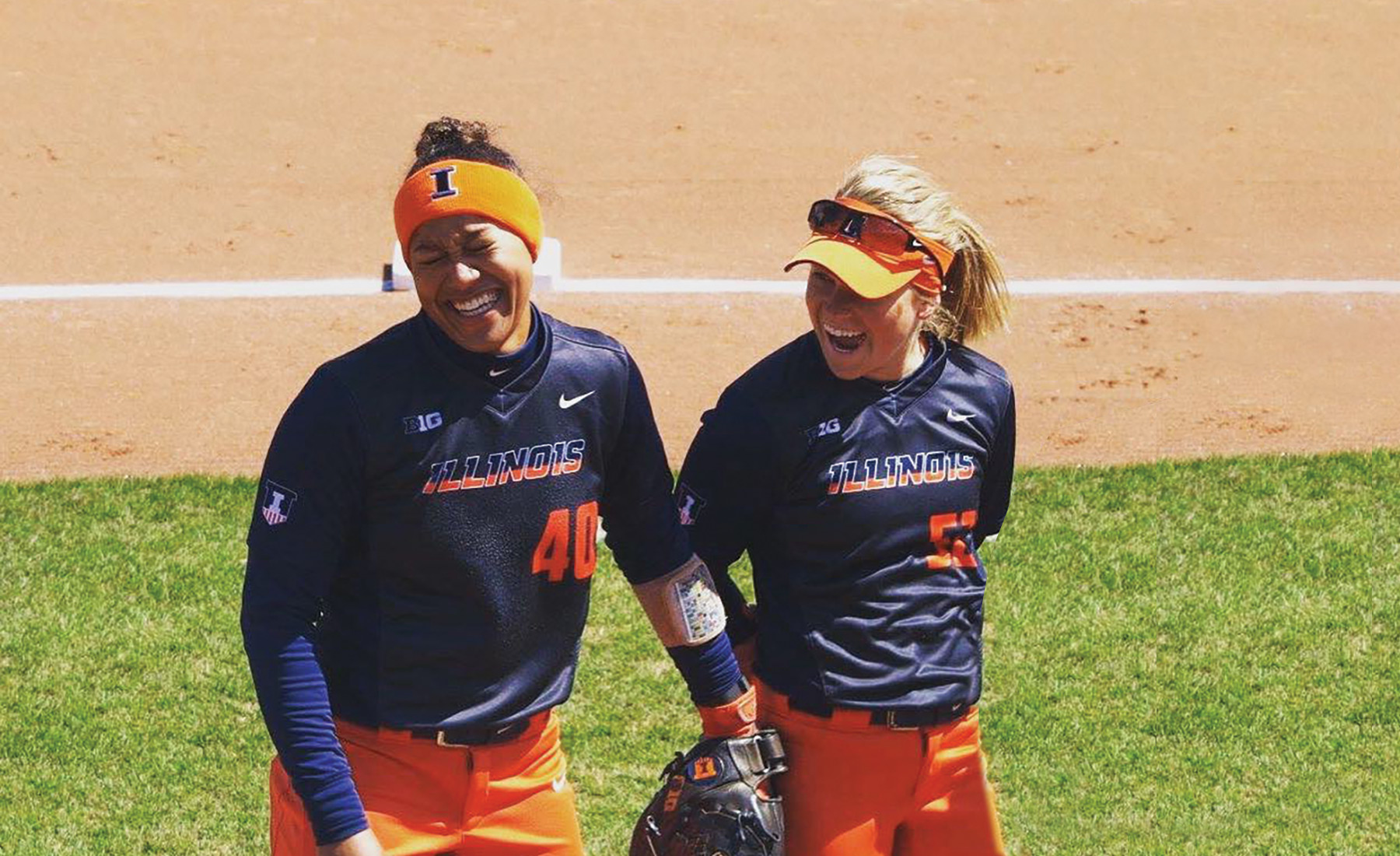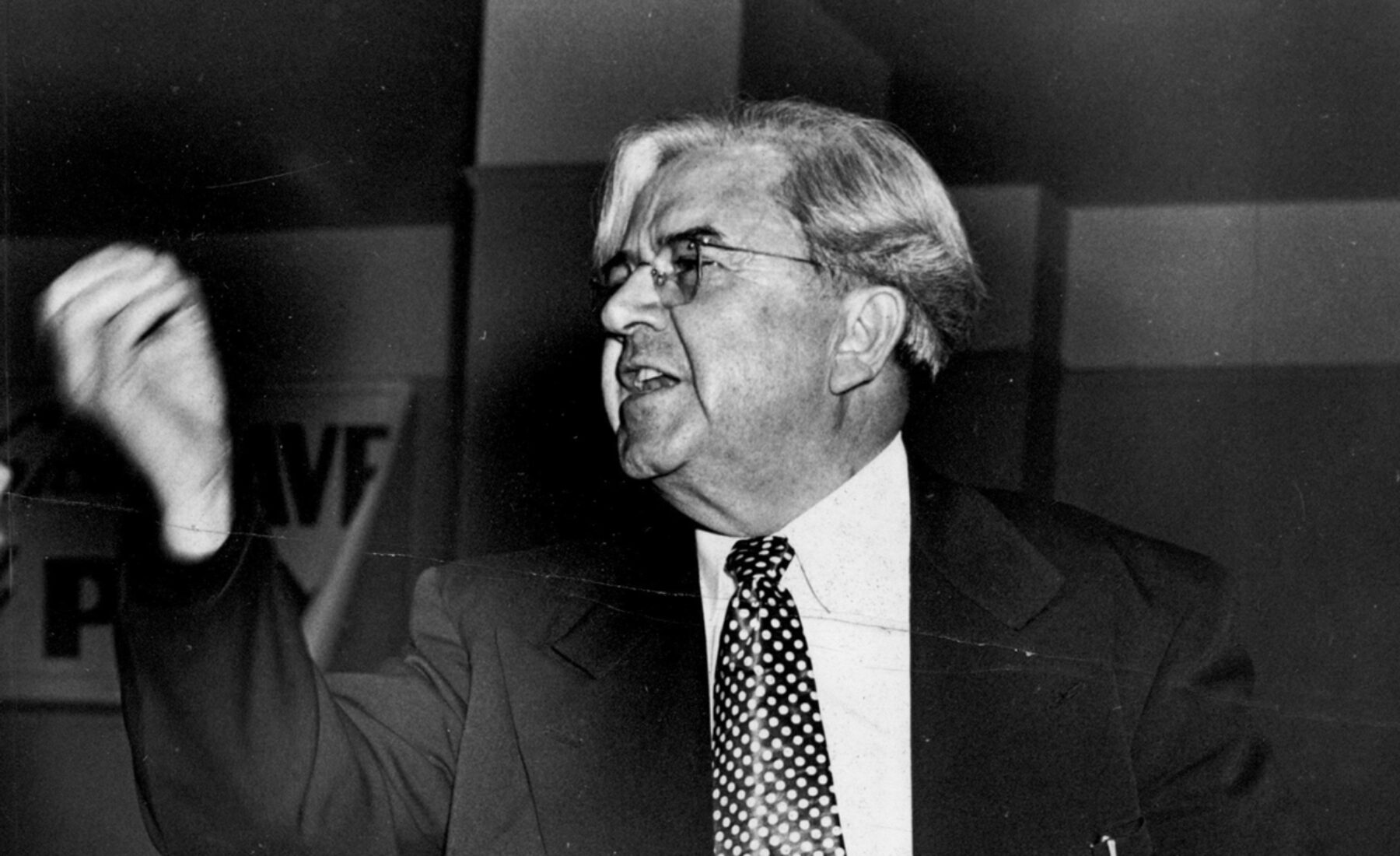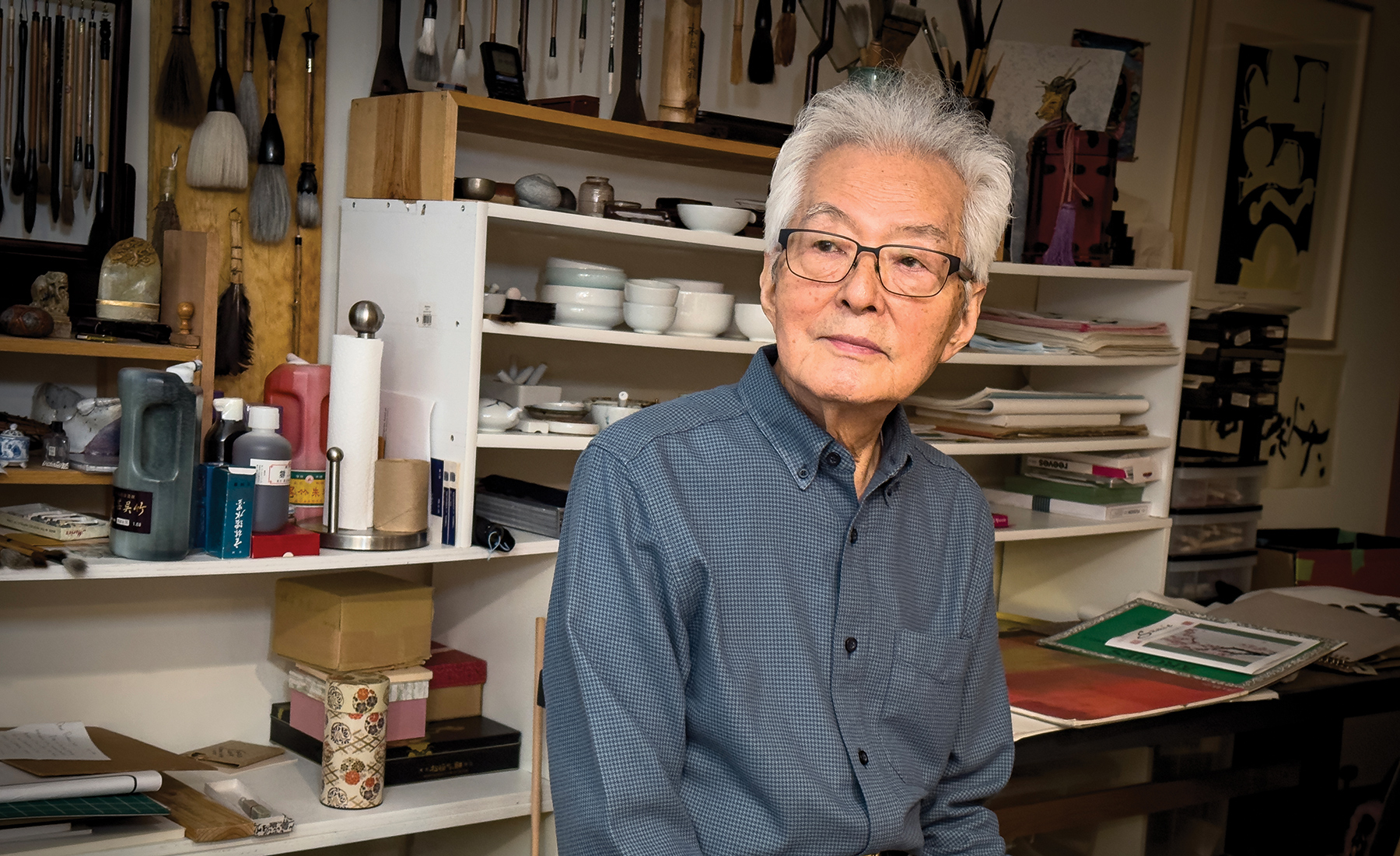Nadya Mason
Founding Director, Illinois Materials Research Science and Engineering Center
Born in New York City, New York
BS in Physics, Harvard University; PhD Physics, Stanford University
Some years ago, an acquaintance realized he was on the same flight as physics professor Nadya Mason when he overheard a conversation between Mason and her young daughter. The 5-year-old asked how airplanes worked. Mason responded with a rather sophisticated explanation of lift and turbulence.
Mason laughs when she recalls this story. “I mean, that’s how airplanes work! I think of the world in terms of its fundamental physics. It’s not that I’m trying to make it less beautiful or wondrous. I appreciate the physics—to me, that’s the beautiful, wondrous part.”
Mason is an award-winning experimental physicist. Her work focuses on quantum materials that measure only a few atoms in size. She makes new types of nanoscale electronic devices so she can study their electronic behavior. Computing is getting faster and our gadgets are getting smaller. Her work to understand nanoscale behavior is critical to helping us continue to develop new technologies.
Her work may sound out of reach for many of us, but it is exactly that notion that Mason works hard to dispel. She encourages everyone to be curious—to not be afraid to break things apart and experiment with them. In a recent TED talk, she explains the disconnect between us and the technology we use. “We’re completely alienated from the devices we most depend upon, which can make us feel helpless and empty,” she said. “It’s not surprising that one study found we are now more afraid of technology than death.”
Part of Mason’s goal is to humanize science and make it more accessible. “I think that people get turned off from science because they think that science is things and not people,” she explains. “And yes, you are interacting with things, but it is people who design these things. I keep trying to take apart this false barrier between technology and humans, because humans make the technology. We’re all part of the universe that is governed by the same physical laws that allow both of us to exist. It’s all one big continuum.”
In addition to her research and teaching at the university, Mason believes strongly in outreach. Through presentations, like her TED talk, and her work on behalf of professional organizations, she advocates for greater representation in the sciences. She has also helped create a program with a local middle school in Champaign, where she and graduate students share their love of science with the kids.
“There are large numbers of people, especially people who are vastly underrepresented in the field, who have not been given many opportunities to truly appreciate science. If we can expose people to the beauty of science, we can get them thinking about it. Then they at least have the choice as to whether they like it or don’t like it,” she said.
This work is part of the way Mason gives back.
“It’s important for us to appreciate and enjoy the world. This life we’ve been given is a gift. So, I will stop and smell the roses and look at the rainbow and go on vacations and drink a nice glass of wine when I can,” she said. “But I also recognize that not everyone has that opportunity. For me, appreciating the world and giving back go hand in hand. I give back through science because that’s the thing that I really love, that I’ve been given the opportunity to appreciate in my life.”
We wanted to get to know Mason a little better, so we’ve asked her to answer an abbreviated version of the Proust Questionnaire for STORIED. Once a popular Victorian parlor game made famous by Marcel Proust, the Proust Questionnaire has been used by reporters over the century and across the globe to reveal a side of leaders, artists, actors, and public figures we may not usually see. You might recognize the format from the back page of Vanity Fair, which has had celebrities answer the questions since 1993.
✦ ✦ ✦
What is your idea of perfect happiness?
Having all of my senses positively engaged – warmth on my skin, the smell of fresh bread, happy thoughts, sweet taste, clear sky – and of course being with people I love.
What is your idea of misery?
Being cold. I really hate the cold.
Which talent would you most like to have?
I wish I could play an instrument well. I’d love to come home after a long day and regenerate by making music.
What is the quality you admire most in a person?
Honesty.
Who are your heroes in real life?
My aunt Elisa, Tony Leggett, and all of my friends who continuously inspire me.
Who are your heroes throughout history?
Albert Einstein, Muhammad Ali, Oprah, Marie Curie
What is your most treasured possession?
I would say my children, but they are teenagers and may disagree about the possession part. I’m not a “stuff” person. Would my new low temperature measurement system count?
What is your motto?
Swim in your own lane. It’s another way of saying to follow your goals and not worry about what others think.
What motivates you?
Understanding the world, and trying to make it better for others.
Which words or phrases do you most overuse?
“Do you want to go on a walk?” Ok, this isn’t really a phrase. But I do love my walk-and-talks.
What do you consider your greatest achievement?
Balancing a career as a professor with having (and enjoying) a family.
If you were to die and come back as a person or thing, what would it be?
A dolphin. I’d get to experience the earth from an entirely different perspective (and with a good sized brain, to boot).
Who is your favorite musician? writer? artist?
Authors I’ve enjoyed recently are Gabriel Garcia-Marquez and our own Richard Powers. A recent artist I love is Kehinde Wiley.
Where is your favorite spot in the world?
I often think about a cloud forest I visited in Costa Rica, full of wild animals and continuous rainbows. But, oddly, the place I go most often to regenerate is New York City, where I get an immediate sense of everything we can accomplish, and also all that still needs to be done.
